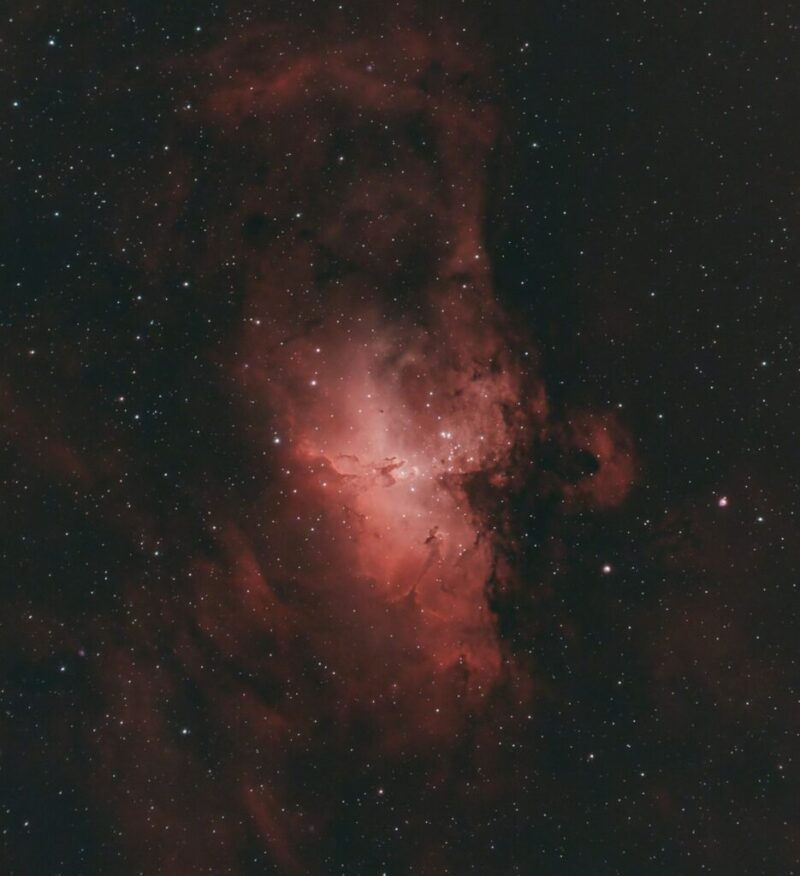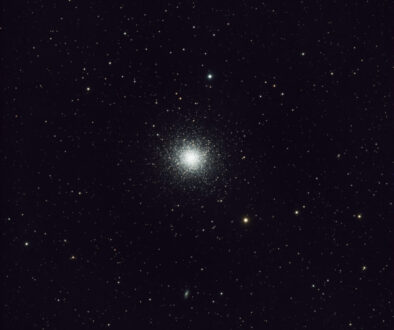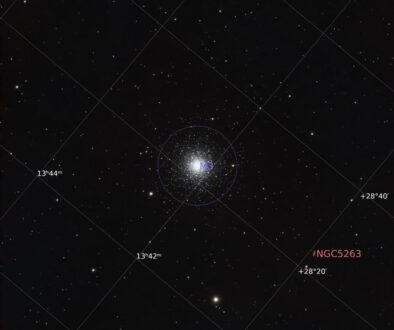The Pillars of Creation from my backyard
The Eagle Nebula (M 16) is located in the constellation Serpens and its distance is approximately 7,000 light-years away from Earth. Within this nebula lies a breathtaking feature known as the “Pillars of the Creation”. In this article I will share my personal experience of imaging this beautiful summer deep sky object from the comfort of my own backyard.
I checked the weather forecast and I noticed a combination of a clear sky and above-average transparency in my local area. Knowing that such conditions are a rarity, I quickly seized the opportunity and prepared my equipment for a night of astrophotography.
The Pillars of the Creation, immortalized in a famous Hubble Space Telescope image, are immense columns of interstellar gas and dust. These pillars are home to ongoing star formation processes, with new stars being born within their colossal structure. The breathtaking beauty of this celestial marvel has inspired countless astrophotographers.
As with any endeavor, unexpected challenges can arise. In the midst of my imaging session, my computer decided to launch a Windows update, causing a momentary disruption. Note to self: disable Windows updates during nighttime astrophotography sessions! However, I persevered and managed to capture nearly an hour’s worth of data despite the hiccups along the way.
The Final Image
After meticulously processing the captured data, the moment of truth arrived. The culmination of my efforts revealed a stunning image of the Pillars of the Creation. Considering the limitations imposed by our latitudes, where the Eagle Nebula is not typically high in the sky, the final result exceeded my expectations.
Clear skies!
Setup
Location: my backyard in Richmond Hill (ON)
Scope: C8 SCT
Mount: Celestron AVX
Guiding camera: ZWO ASI224MC, IR-Cut filter, PHD2
Guide Scope: Orion Deluxe Mini 50mm Guide Scope
Total integration time: 51 minutes (17×180 seconds).
Calibration frames: 20 dark, 10 flat, 100 bias



